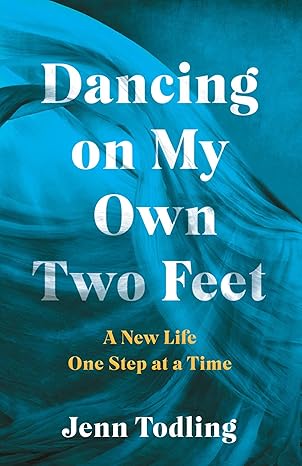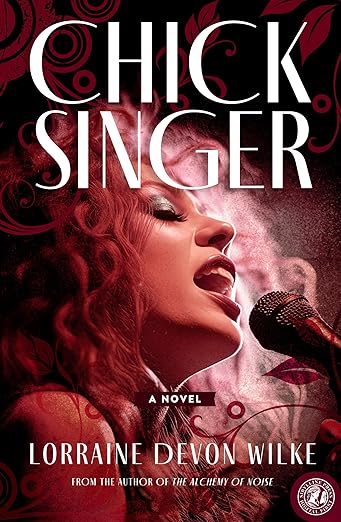Novels, The Movies, and Me

Nancy Star, photographed by Nina Subin
Some novelists go to graduate school to get MFA’s. I went into the movie business instead.
Permit me to share a memory from my time working as a Veep for the Samuel Goldwyn Company. I was in London for several weeks with a screenwriter named Paul. One day, after working on a script for several hours, we stepped out to get some fresh air. A woman walking toward us stopped. “Paul!” she called out. “I’m so happy to see you!” She re-introduced herself as the publicist Paul had worked with a few years back on a movie that received several Oscar nominations.
“I have big news!” she told Paul. “I quit my job! I’m a screenwriter now. Like you! Isn’t that great?” She looked so happy I thought she might levitate.
“My condolences,” Paul replied.
The publicist was startled, but I understood Paul’s response. Being a screenwriter had been rough for him. He’d had early success and a lot of work followed, but none of his subsequent projects got produced.
Paul now spent the same amount of time writing as he did defending his work from producers and executives like me, who asked for changes he believed would ruin the scripts he’d so carefully crafted.
The reason I left the movie business is that I was a writer, too. I was a novelist who hadn’t gotten published yet. And I brought my writer’s sensibility to everything I did. Some people in the business were gaga for celebrities. Others had work-crushes on directors. I loved hanging around with writers. I loved talking story. And working in the movie business I got to do that a lot, on someone else’s dime.
The problem with being a writer’s advocate in the movie business was that the vision of the movie rarely belonged to the writer. It belonged to the producer who paid for the script, or to the director who’d brought the project in, or to the actor who’d developed it as a vehicle. So I spent a lot time with people, like Paul, who felt more like well-paid typists than writers.
As a movie exec I kept my bias toward the writer to myself and concentrated on doing what I thought best for every script and movie I worked on. When I finally left to pursue my own writing—what I always wanted to do—I knew Paul wouldn’t have offered condolences to me. I had no interest in writing screenplays. My dream was always to be a novelist.
Did I learn things in those movie years that helped my writing? How could I not? I spent hours collaborating with smart people, talented directors, imaginative movie execs, and writers of all kinds—screenwriters, playwrights, journalists, short story writers, and novelists. In addition, part of my job was searching for material for adaptation, and for movies for distribution.
This meant I read dozens of books a month, watched as many movies as I could jam in a week, and saw all the plays that time allowed. How could I not pick up a feel for pacing, structure, dialogue, for how to leave space for quiet and for comedic relief? There were other lessons, too, about the power of having a strong vision and the pay-off that came from being relentless in the service of your work.
 But perhaps the most important thing I learned was that people’s time is worth something. In the movie business we were asking people to leave their homes to go to a theater, and we worked hard to try and make that trip worthwhile.
But perhaps the most important thing I learned was that people’s time is worth something. In the movie business we were asking people to leave their homes to go to a theater, and we worked hard to try and make that trip worthwhile.
It’s no different when asking someone to take time out of their day to read your book. What this means to me as a novelist is that there’s no point in writing a book that someone else could write, or telling a story someone’s already told, or creating a world that isn’t compelling, or filling my story with characters that aren’t original and real.
All these lessons would have meant nothing, however, if I didn’t understand something basic and important: books and movies are not the same form. So, yes, my years in the film business taught me to recognize which books would be catnip to producers and which would leave them snoozing.
Those years helped me internalize the structure of story into acts and scenes. But I learned so much more by the close reading of great novels. Things movies don’t teach you. Like how to make a character come alive on the page, how to fill a scene with smells and taste, how to create a strong sense of place, and how to find and hone what I believe is the most important element in a wonderful novel: voice.
While I know I’m not the only one with a split love for both forms, movies and books, I also know that what makes a great book different than a great movie is something that’s been debated for years.
I’ll leave you with a quote that perfectly expresses the difference. The quote is attributed to James M. Cain, author of such successful book to movie adaptations as Double Indemnity, Mildred Pierce, and The Postman Always Rings Twice. In an interview, the story goes, where Cain was asked by the critic John Leonard what he thought about what Hollywood had done to his books, Cain pointed to the bookshelves behind him and said, “They haven’t done anything to my books. They’re right there on the shelf.”
—
Nancy Star is the best-selling author of Sisters One, Two, Three. A gripping portrait of family secrets published by Lake Union, the novel made Publishers Weekly’s “Top Ten Print Book and Amazon Kindle Bestsellers of 2016”. Star’s previous books include the scathing comic novel, Carpool Diem; two mysteries featuring a TV producer turned detective, Up Next and Now This; and the psychological suspenser, Buried Lives. Star is also an essayist whose work has appeared in The Washington Post, The New York Times, Money and Family Circle. Prior to writing fiction full time, Star was a movie executive at the Samuel Goldwyn Company.
Visit Nancy on her website http://nancystarauthor.com, connect on Facebook at https://www.facebook.com/Nancy.Star.Author/ and follow her on Twitter https://twitter.com/NancyStarAuthor and Instagram
https://www.instagram.com/nancystarauthor/
About Sisters One, Two, Three
After a tragic accident on Martha’s Vineyard, keeping secrets becomes a way of life for the Tangle family. With memories locked away, the sisters take divergent paths. Callie disappears, Mimi keeps so busy she has no time to think, and Ginger develops a lifelong aversion to risk that threatens the relationships she holds most dear.
When a whispered comment overheard by her rebellious teenage daughter forces Ginger to reveal a long-held family secret, the Tangles’ carefully constructed web of lies begins to unravel. Upon the death of Glory, the family’s colorful matriarch, and the return of long-estranged Callie, Ginger resolves to return to Martha’s Vineyard and piece together what really happened on that calamitous day when a shadow fell over four sun-kissed siblings playing at the shore. Along with Ginger’s newfound understanding come the keys to reconciliation: with her mother, with her sisters, and with her daughter.
At turns heartbreaking, humorous, and hopeful, Sisters One, Two, Three explores not only the consequences of secrets—even secrets kept out of love—but also the courage it takes to speak the truth, to forgive, and to let go.
Category: On Writing





























It all boils down to good storytelling — doesn’t it?– with an understanding of the distinction between a great novel and a great movie, which you make so clear.
I agree! Good storytelling is the key! Also, thank you!!
I adore this piece!! That quote at the end is invaluable. It can be applied to so many stages of our vocation.
Thank you for writing for us, Nancy. Now I must get my hands on this book. It sounds exactly up my alley.
Are you familiar with Women’s Fiction Writers Association? Check it out when you get a chance. There is a lot of overlap between WWWB and WFWA.
Warmly,
MM
WWWB Interviews & Agents’ Corner
Thank you, MM! I’m so happy it spoke to you! And inwill check out WFWA! Thanks!